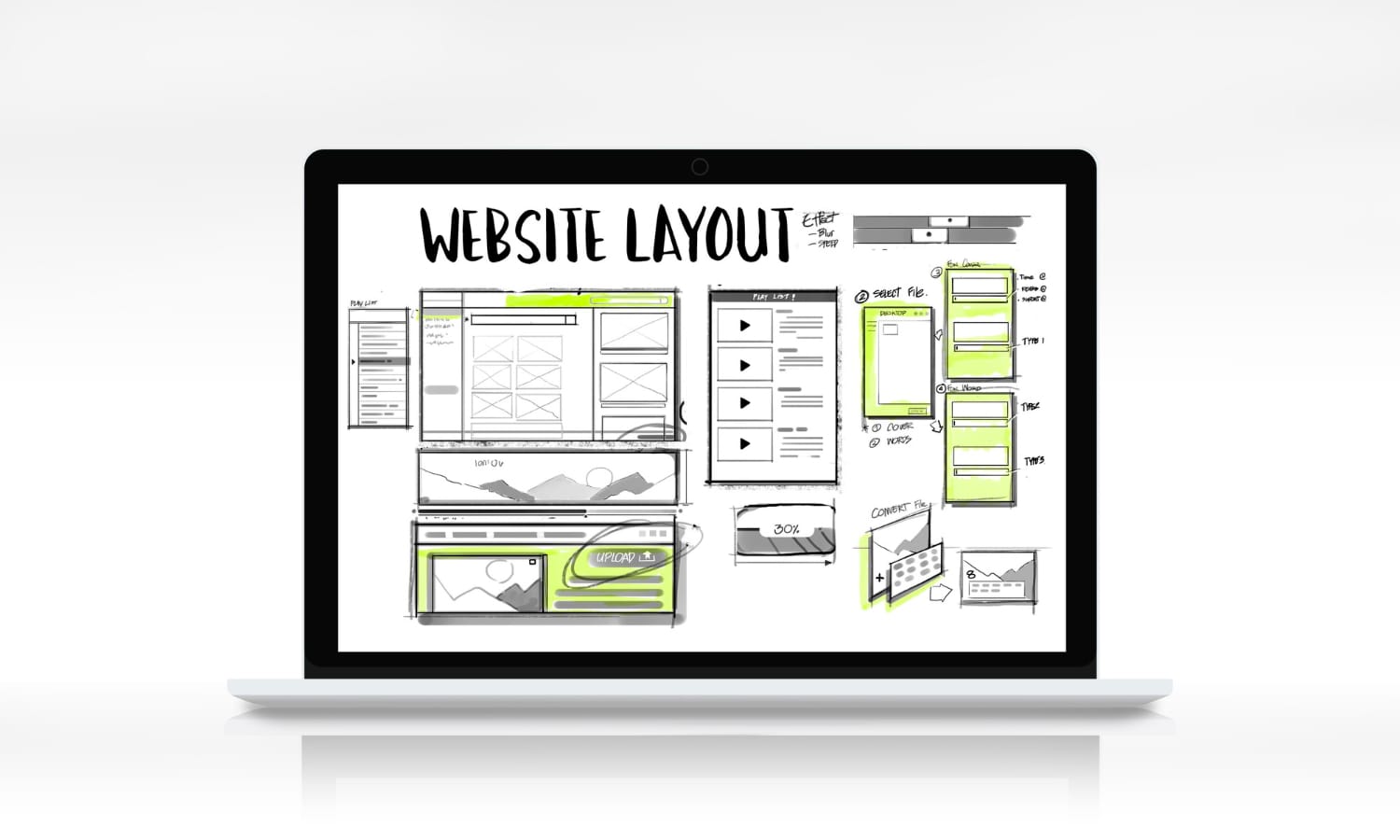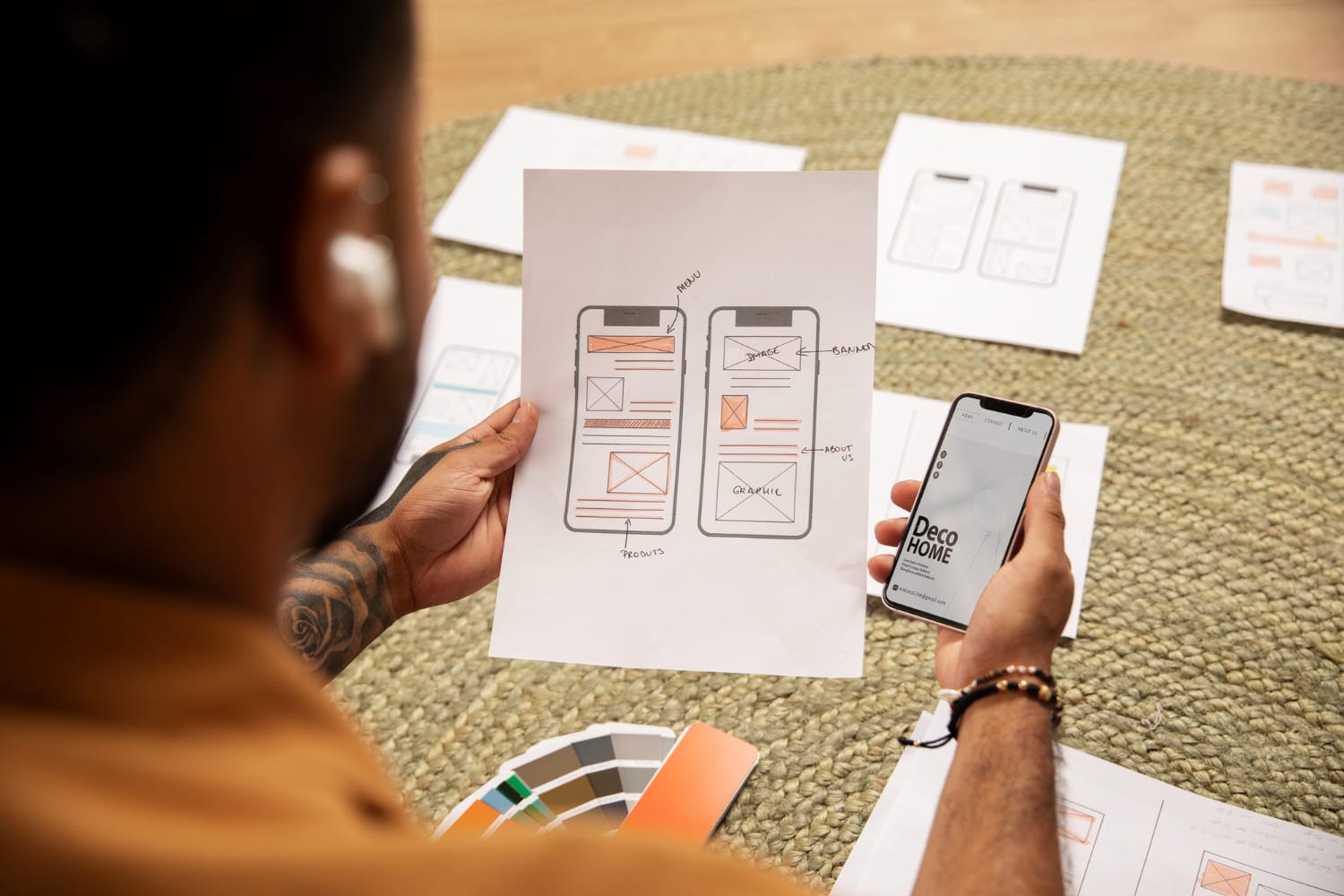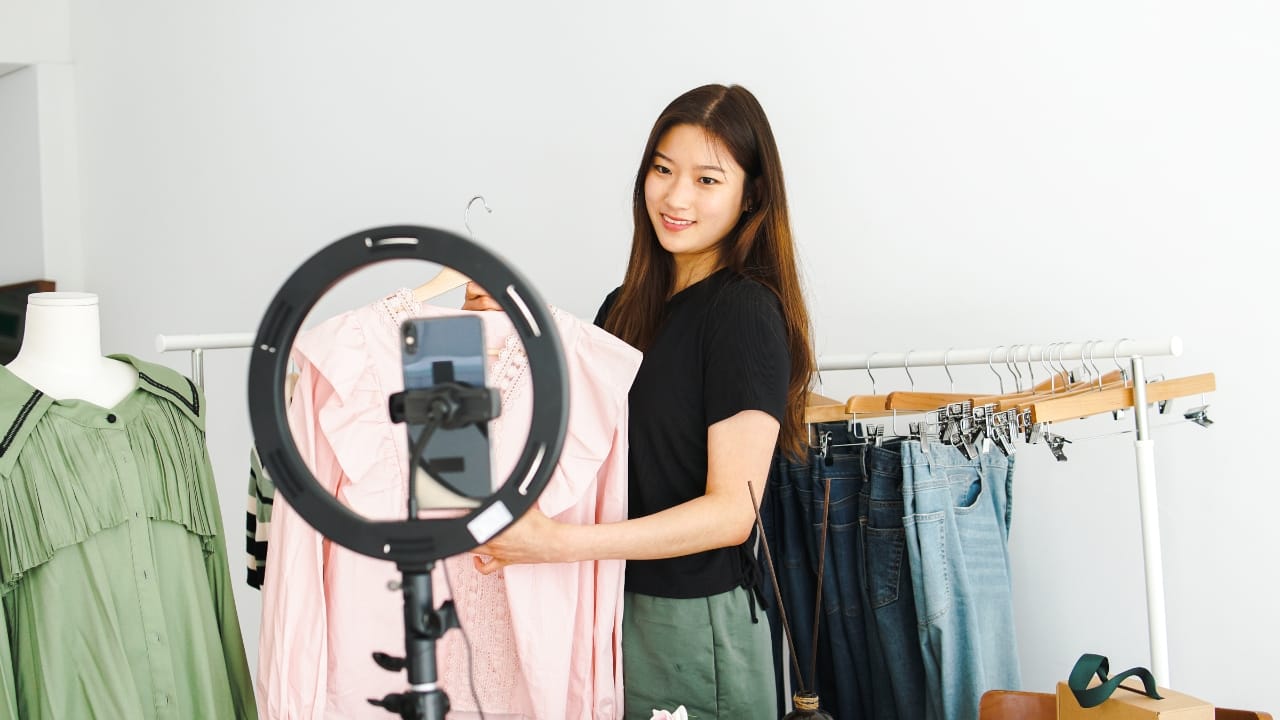Web animation trends can transform a static site into a memorable brand experience. In 2025, motion design is not just about flair; it’s about guiding users, reinforcing your brand personality, and improving engagement. These five compelling trends are both practical and transformative. Use them thoughtfully to elevate your brand’s online presence and create lasting impressions.
Web Animation Trends: 5 Essential Tools That Elevate Your Brand
Trend 1: Micro-Interactions That Reward Users
Micro-interactions are small animations that react to user actions like button clicks, form feedback, or loading indicators. These tend to delight users and reinforce trust. Think of a cart icon that wiggles when you add an item or a button that floats on hover.
Why it works:
Micro-interactions improve perceived responsiveness and give immediate visual feedback. Users love subtle cues that say “you did something, and it is working.”
How to implement:
- Use CSS transitions or JavaScript libraries like GSAP for simple hover, click, and loading effects
- Keep them short (100 – 300ms) so they feel snappy
-
Apply micro-interactions where they help (e.g. form submissions, toggles) rather than everywhere
Trend 2: Scroll-Triggered Animation Tells Your Story
Scroll-triggered animations bring pages to life as users scroll. Elements fade in, cards rise, text slides, often timed to tell a visual narrative that matches the content.
Why it works:
Users are naturally curious; these animations guide their attention. When done well, scroll animations make content more digestible and feel interactive.
How to implement:
- Use Intersection Observer API or libraries like ScrollMagic
- Animate one element at a time to avoid clutter
-
Respect performance limit heavy animations on mobile and fallback to simpler effects
Trend 3: 3D Elements Add Depth and Tangibility
3D effects like parallax layers, subtle tilting cards, or product previews create visual depth that static design cannot replicate. Brands that want to stand out are using WebGL or CSS 3D transforms to bring digital objects into a real-life context.
Why it works:
3D design creates a sense of presence. When users can rotate, zoom, or view products dynamically, it enhances trust and curiosity.
How to implement:
- Use CSS transform for lightweight 3D effects or Three.js for complex interactions
- Keep motion smooth and performance-friendly, especially on mobile
-
Combine with storytelling to enhance rather than distract
Trend 4: Storytelling Animations Build Connection
Animations that unfold storytelling like a step-by-step building of a design process or a morphing logo reveal create emotional connection and brand recall. This approach aligns visual storytelling with brand narratives.
Why it works:
Humans engage with stories. A well-crafted animation makes your brand more memorable and the message more persuasive.
How to implement:
- Use SVG animations or Lottie files exported from After Effects
- Keep motion synced with copy
-
Focus on clarity, avoid overdesigning the animation, and let the story come through
Trend 5: Performance-Friendly Motion for Speed and Experience
Motion design should delight but not kill performance. Animation-heavy sites can slow down load times and trigger poor Core Web Vitals, affecting ranking and engagement.
Why it matters:
Animations are worthless if users leave before they finish loading. The best animation balances form, function, and speed.
How to implement:
- Use CSS animations over JavaScript when possible for smoothness
- Reduce motion for users who prefer reduced motion via media query @media (prefers-reduced-motion: reduce)
-
Test animations on real devices and use performance tools to monitor impact







